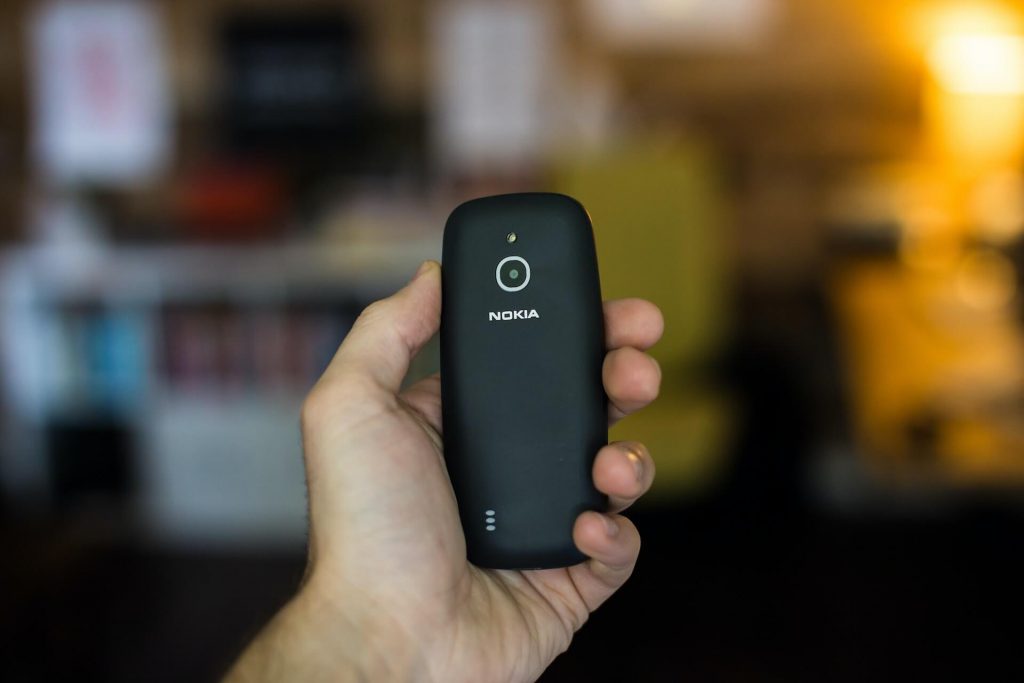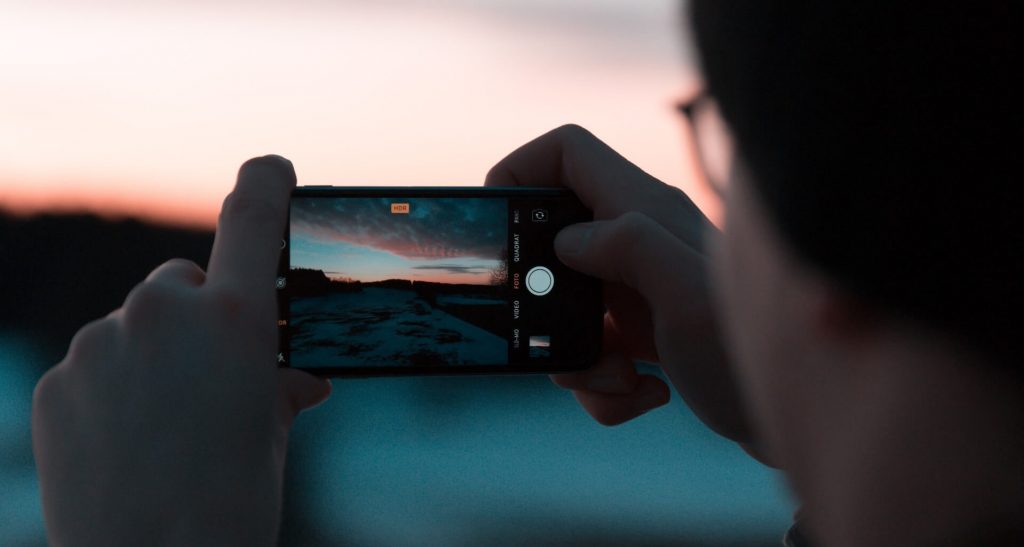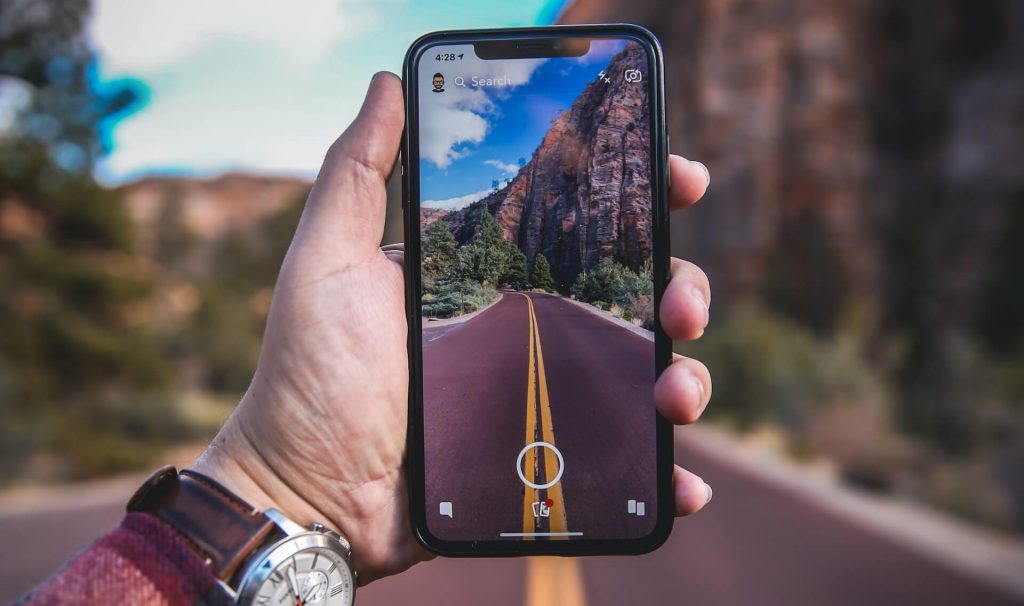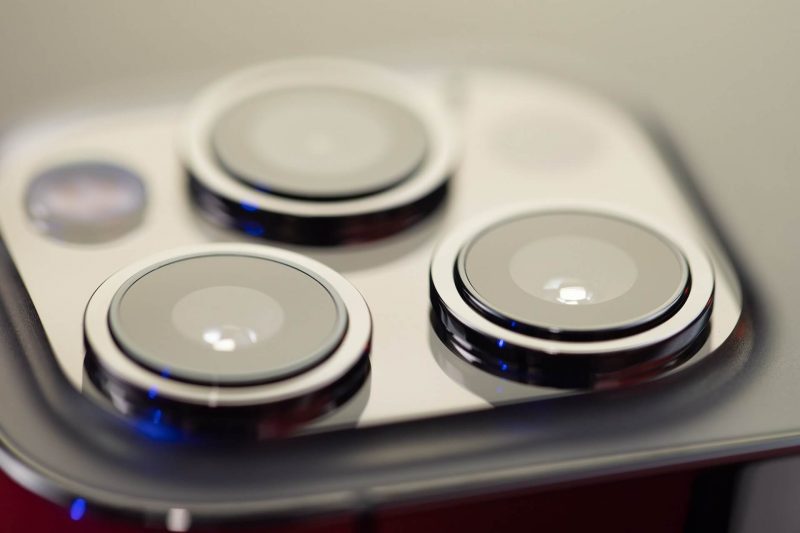Tech Evolution: Smartphone Cameras Throughout the Years
In the grand tapestry of technological advancement, the evolution of smartphone cameras stands as a resplendent thread that weaves together innovation, creativity, and human connection. From the rudimentary days of pixelated captures to the breathtaking vistas of computational marvels, the journey of smartphone cameras has traversed a landscape defined by relentless progress. These compact imaging powerhouses have rewritten the script of visual storytelling, redefining our relationship with photography and the world around us.
From the nascent era of smartphone photography, where images bore the watermark of pixelation, to the current epoch of clarity and precision, this evolution is a narrative of ingenuity, engineering prowess, and unwavering determination. It’s a tale that spans dimensions, from the race to megapixel supremacy to the advent of computational sorcery, turning mere cameras into portals of infinite creativity.
As we embark on a voyage through the chronicles of this evolution, we’ll unravel the layers that have elevated smartphone cameras from novelties to essential companions, chronicle how technology has overcome challenges like low light and zoom, and illuminate the role of AI in transforming moments into timeless memories.
The Early Days

Cast your mind back to the dawn of smartphone photography. The euphoria of capturing a fleeting moment was often overshadowed by the pixelated, grainy images that greeted us on the screens. The first smartphone cameras were rudimentary in terms of both hardware and software. With resolutions barely surpassing 1 megapixel, images lacked detail and clarity. The absence of advanced image processing meant that even adequate lighting conditions were a prerequisite for producing usable pictures. These early cameras, while pioneering, were a far cry from the high-quality imagery we now associate with smartphones.
The Megapixel Race
As technology progressed, the megapixel race dominated headlines and marketing campaigns. Manufacturers competed fervently to boast the highest megapixel count in their devices. The logic seemed straightforward: more megapixels equated to better image quality. However, the reality is more nuanced. Megapixels are essential, but their significance extends beyond mere quantity. Factors such as sensor size, pixel quality, and image processing capabilities play a pivotal role in determining the final output. This realization prompted manufacturers to strike a balance between megapixels and other essential components, resulting in more sophisticated cameras capable of delivering stunning visuals.
From Hardware to Software

The advent of computational photography marked a paradigm shift in smartphone camera technology. Beyond relying solely on hardware improvements, manufacturers began harnessing the power of software algorithms to augment image quality. The marriage of hardware and software enabled smartphones to perform tasks previously unthinkable in such compact devices. Techniques like High Dynamic Range (HDR) imaging, which combines multiple exposures to capture a broader range of tones, and multi-frame noise reduction, have significantly enhanced image quality. Portrait modes, once exclusive to high-end DSLRs, are now standard features on smartphones, creating a simulated depth-of-field effect that artfully blurs backgrounds and highlights subjects.
A Step Away from Professionalism
Smartphone cameras have bridged the gap between amateur photography and professional-level control. The introduction of manual modes in smartphone camera apps has given users the ability to fine-tune settings such as ISO, shutter speed, and white balance. This level of control empowers photographers to experiment with different exposure settings, leading to creative and unique shots. It’s a stark departure from the early days when such controls were absent from smartphone cameras, restricting users to automatic settings.
Zooming In

The pursuit of capturing distant subjects drove the development of optical and digital zoom capabilities in smartphone cameras. Optical zoom involves the use of physical lenses to achieve magnification without compromising image quality. This advancement was made possible by intricate arrangements of lenses and mechanisms within the camera module. Digital zoom, on the other hand, uses software algorithms to enlarge a portion of the image, often resulting in a loss of detail and clarity. Manufacturers have strived to strike a balance between these zoom methods, with some even experimenting with periscope-style lenses for enhanced optical zoom capabilities.
Low Light Mastery
Low light photography has long been a challenge for cameras due to the limited amount of available light. However, smartphone cameras have made remarkable strides in this arena. The evolution of larger sensors, wider apertures, and advancements in image processing have collectively contributed to better performance in low light conditions. Smartphone cameras are now equipped with larger pixels that can capture more light, leading to reduced noise and improved detail in low light shots. The advent of night mode, a feature present in many modern smartphones, takes this capability even further. Night mode captures multiple shots with varying exposure times and combines them to produce a single, well-exposed image with minimal noise.
AI at the Helm

Artificial Intelligence (AI) has become a cornerstone of smartphone photography. AI-powered cameras can recognize scenes, objects, and faces in real-time, allowing for automatic adjustment of settings to suit the situation. Scene recognition algorithms analyze the composition of the image and adjust parameters such as exposure, saturation, and contrast accordingly. AI-driven enhancements also extend to post-processing, where algorithms can remove blemishes, improve skin tones, and enhance overall image quality.
The Selfie Revolution
The evolution of smartphone cameras isn’t confined to rear-facing lenses; front-facing cameras have undergone a transformation of their own. The “selfie” phenomenon has steered smartphone manufacturers to improve front cameras, resulting in high-resolution sensors and features like beauty modes and portrait effects. These advancements cater to the growing demand for quality self-portraits and video calls. The integration of AI into front-facing cameras enhances features like facial recognition and beauty enhancements, contributing to the rising trend of visually captivating self-expression.
Video Brilliance

The evolution of smartphone cameras extends beyond static imagery into the realm of motion. The capability to record videos in increasingly higher resolutions has revolutionized the way we capture moving moments. Smartphone cameras now offer video recording in resolutions as high as 4K and beyond, delivering remarkable clarity and detail. This leap in video quality has elevated smartphones to the status of versatile content creation tools, allowing users to produce professional-grade videos without the need for dedicated equipment.
Conclusion
In the symphony of technological progress, the evolution of smartphone cameras echoes with a crescendo of human ingenuity. Each pixel, each algorithmic calculation, and each lens adjustment is a testament to our ceaseless pursuit of advancement, innovation, and the desire to encapsulate the ineffable essence of life.
With every tap of the shutter button, we stand at the intersection of art and technology, harnessing the power of these remarkable devices to freeze fleeting moments in pixels and bytes. The evolution of smartphone cameras is a reflection of our collective journey as a species – a journey characterised by growth, adaptation, and the quest to perceive and portray the world in ever more beautiful detail.
As we peer into the horizon of what’s to come, the landscape is painted with the promise of more dazzling imagery, more seamless fusion of hardware and software, and more profound ways to capture the essence of existence. The evolution of smartphone cameras is far from over; it is an ongoing dialogue between our aspirations and the canvas of technology, a dialogue that will continue to reshape how we view, share, and cherish the world around us.
